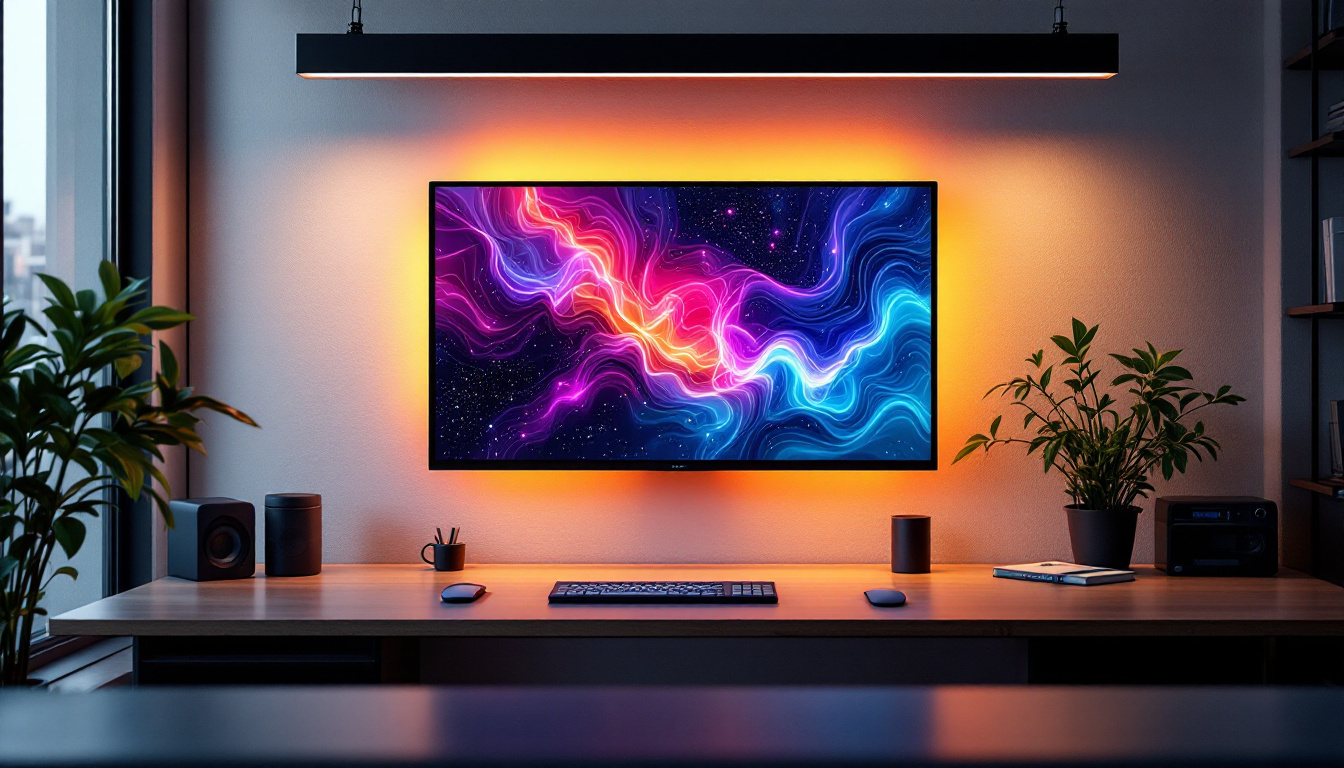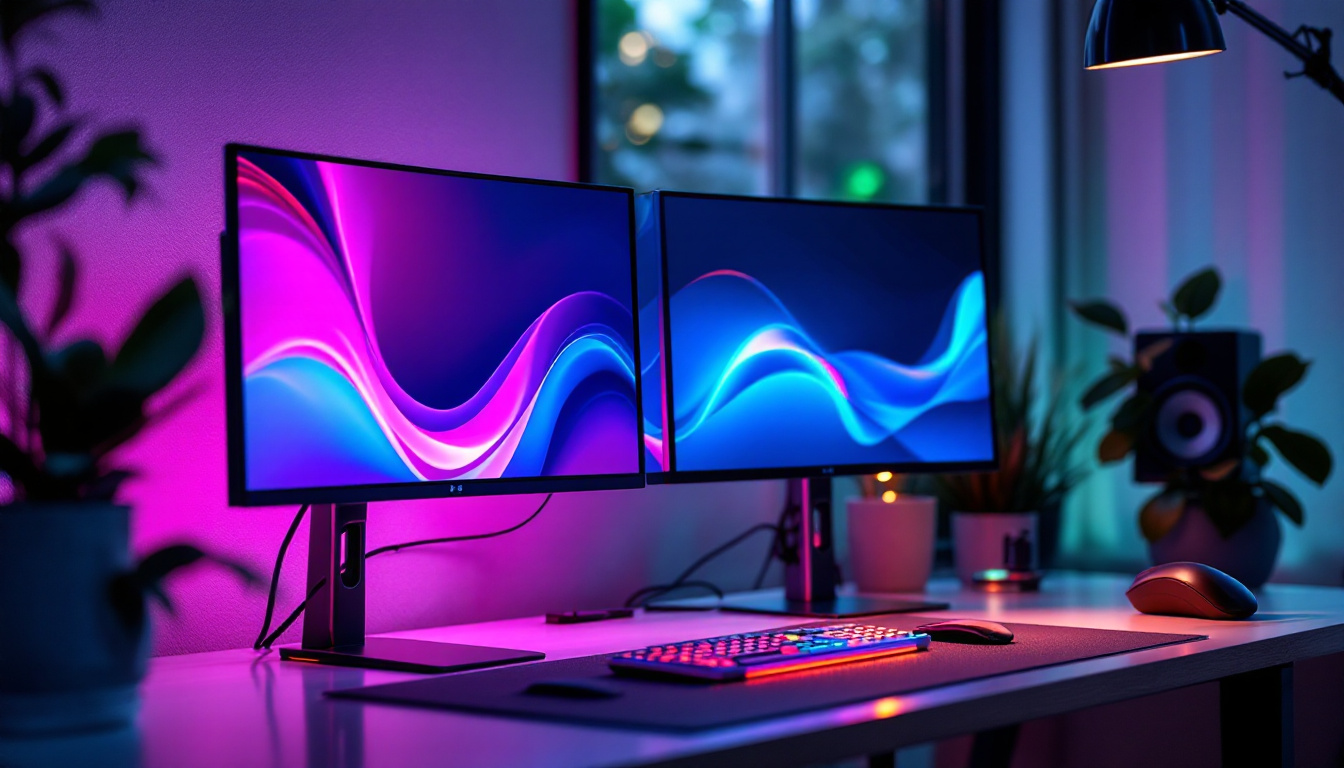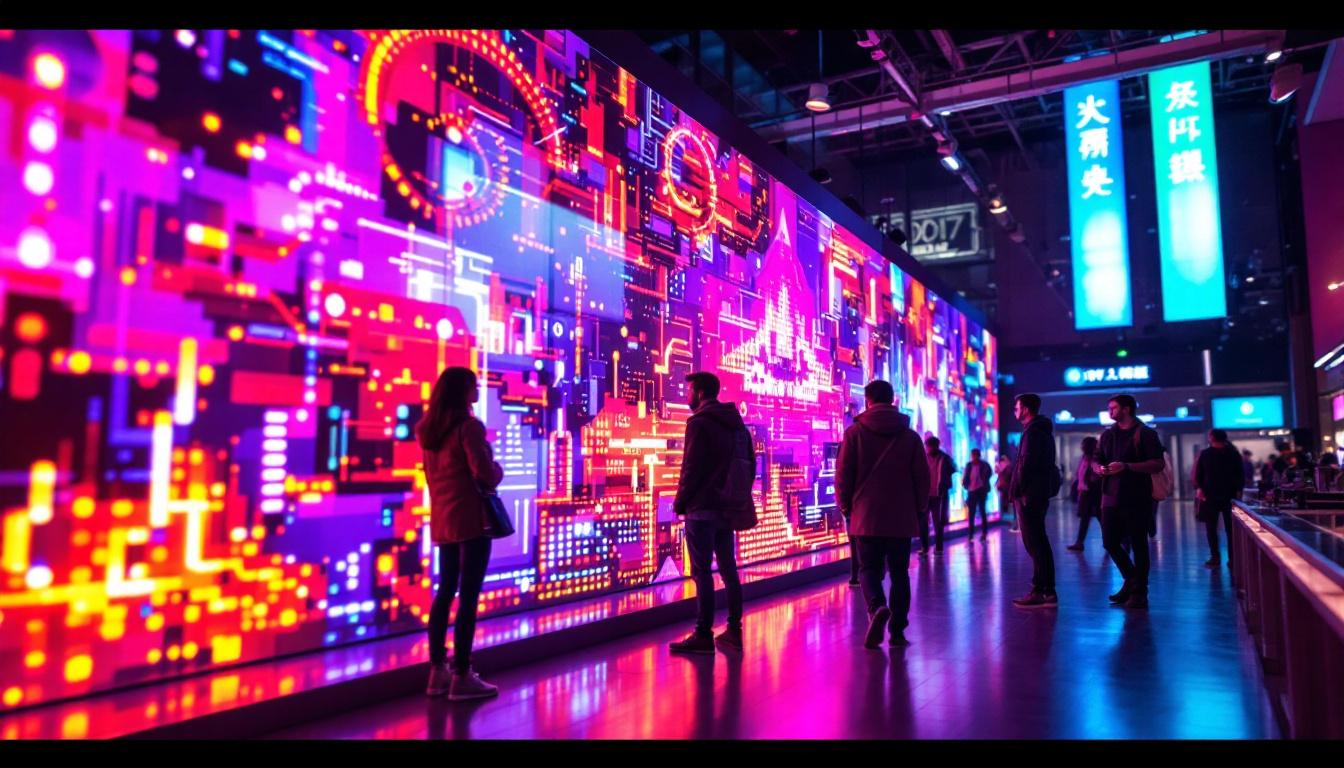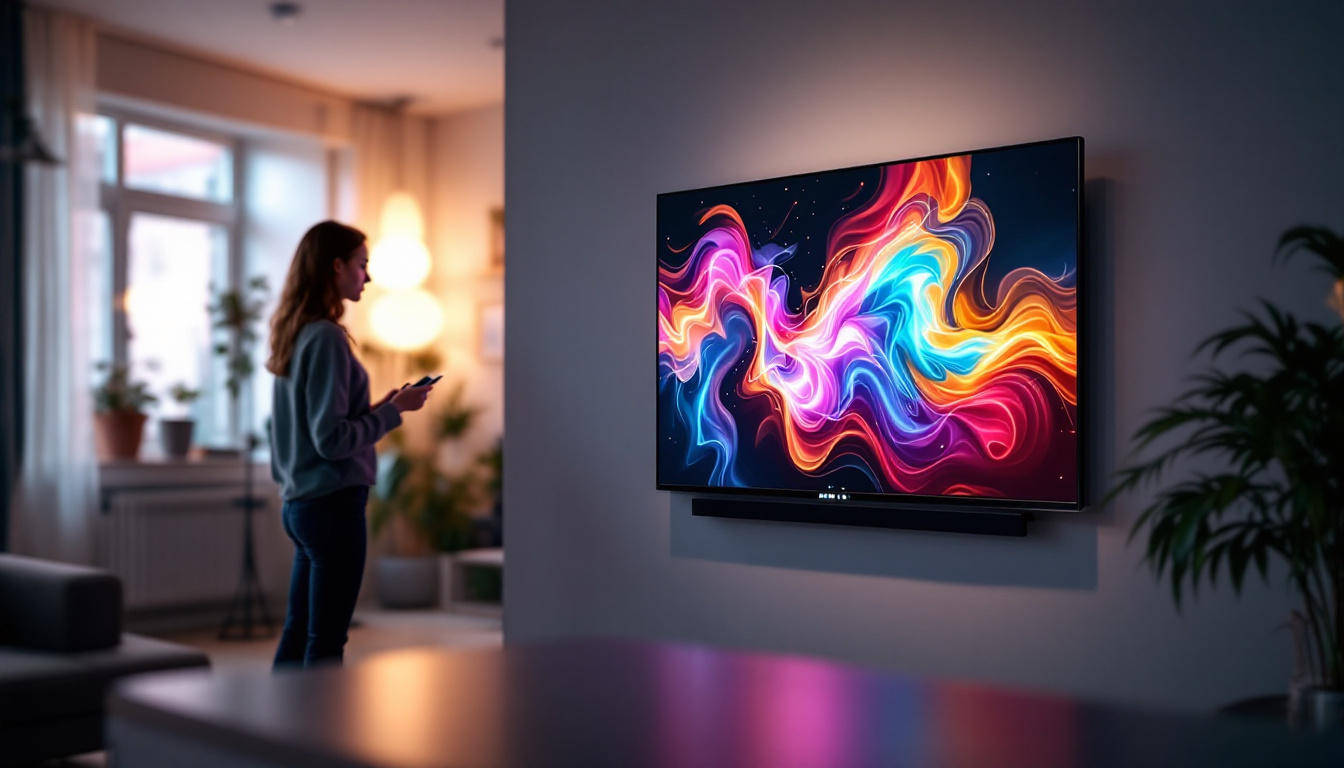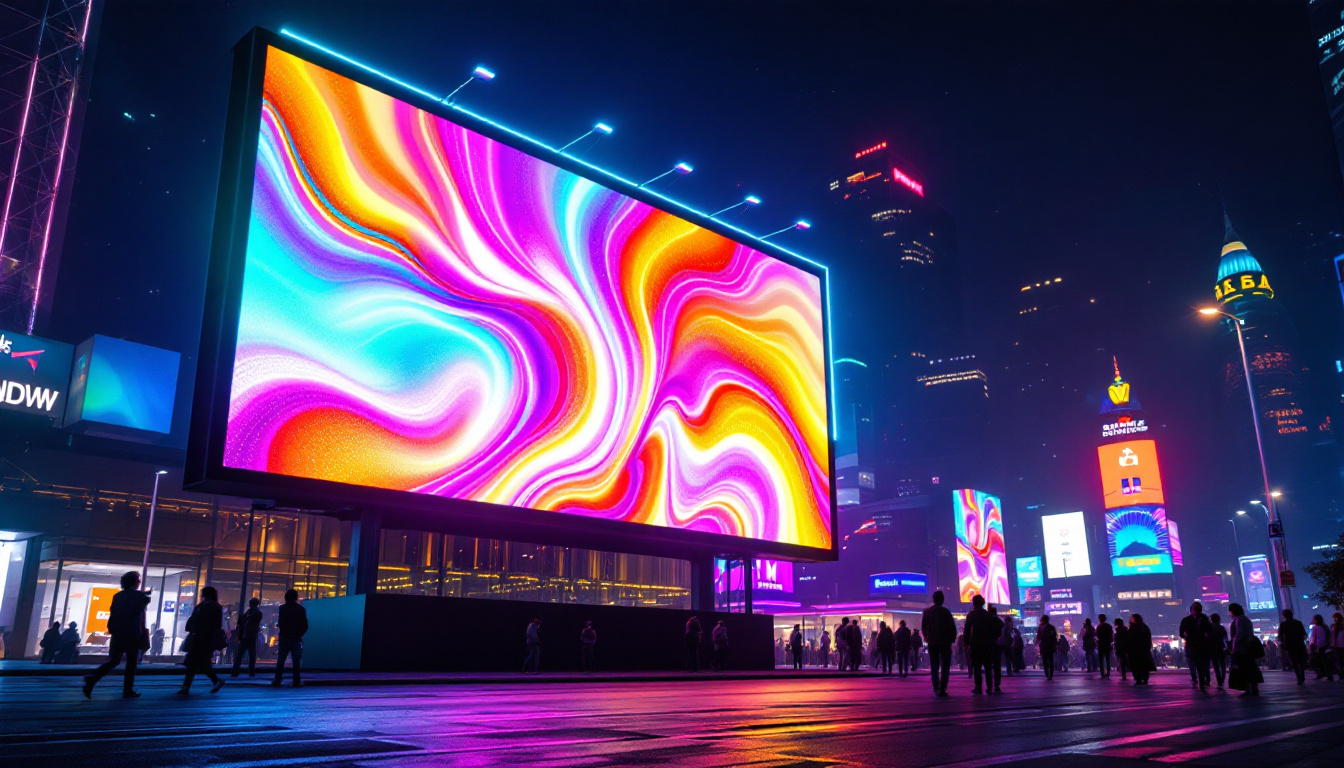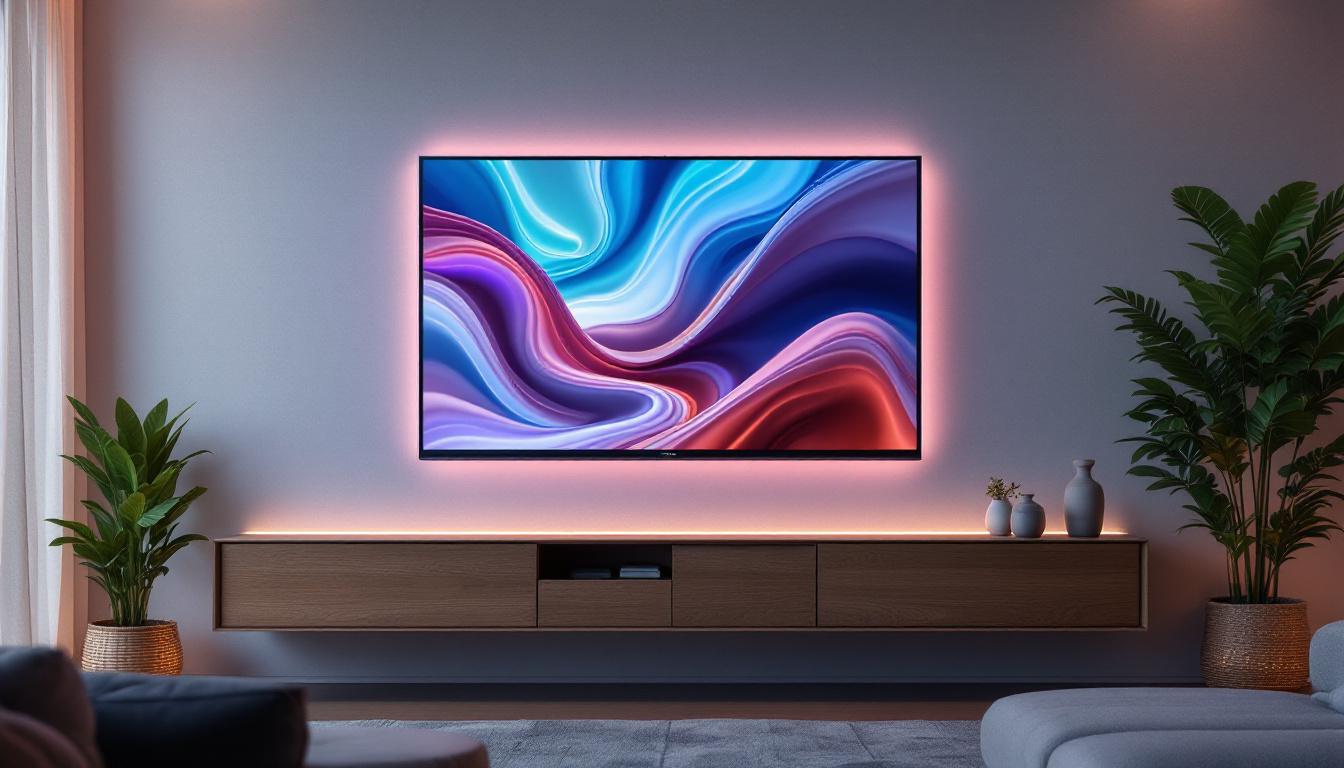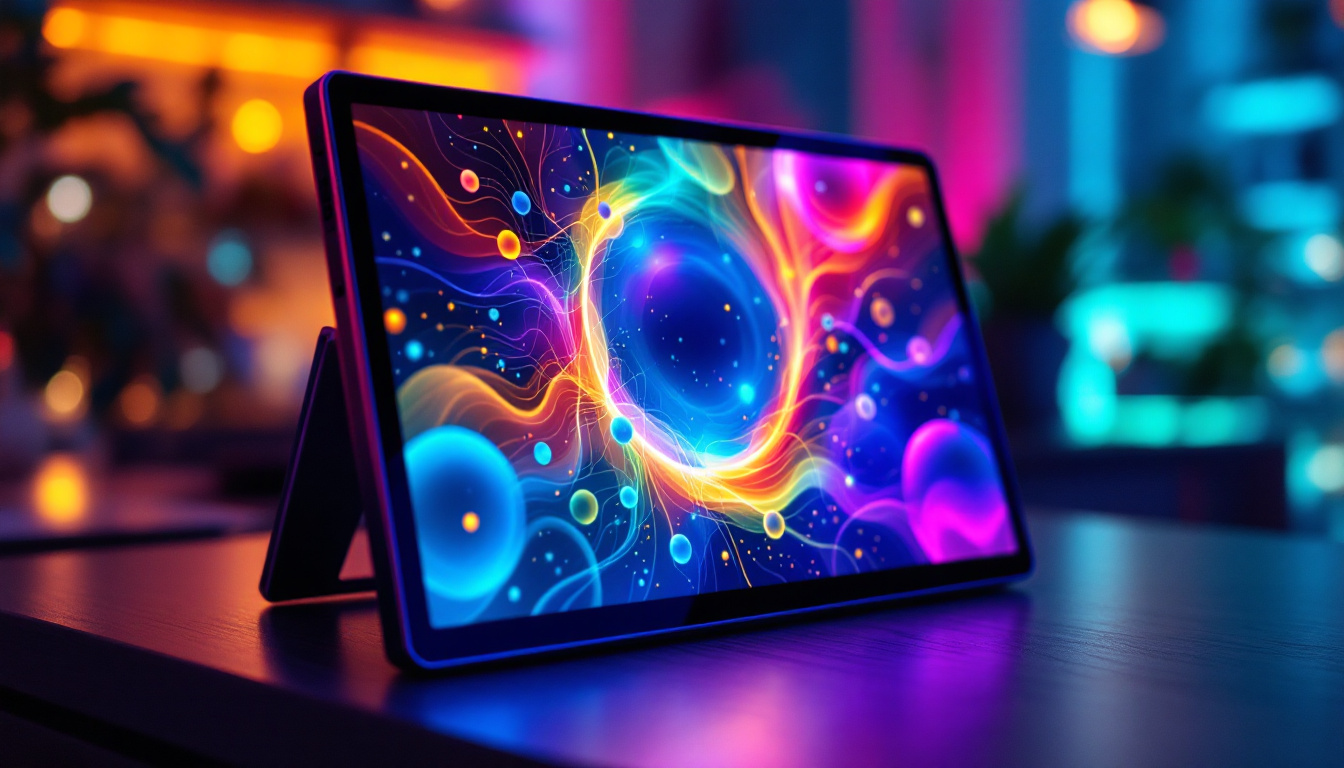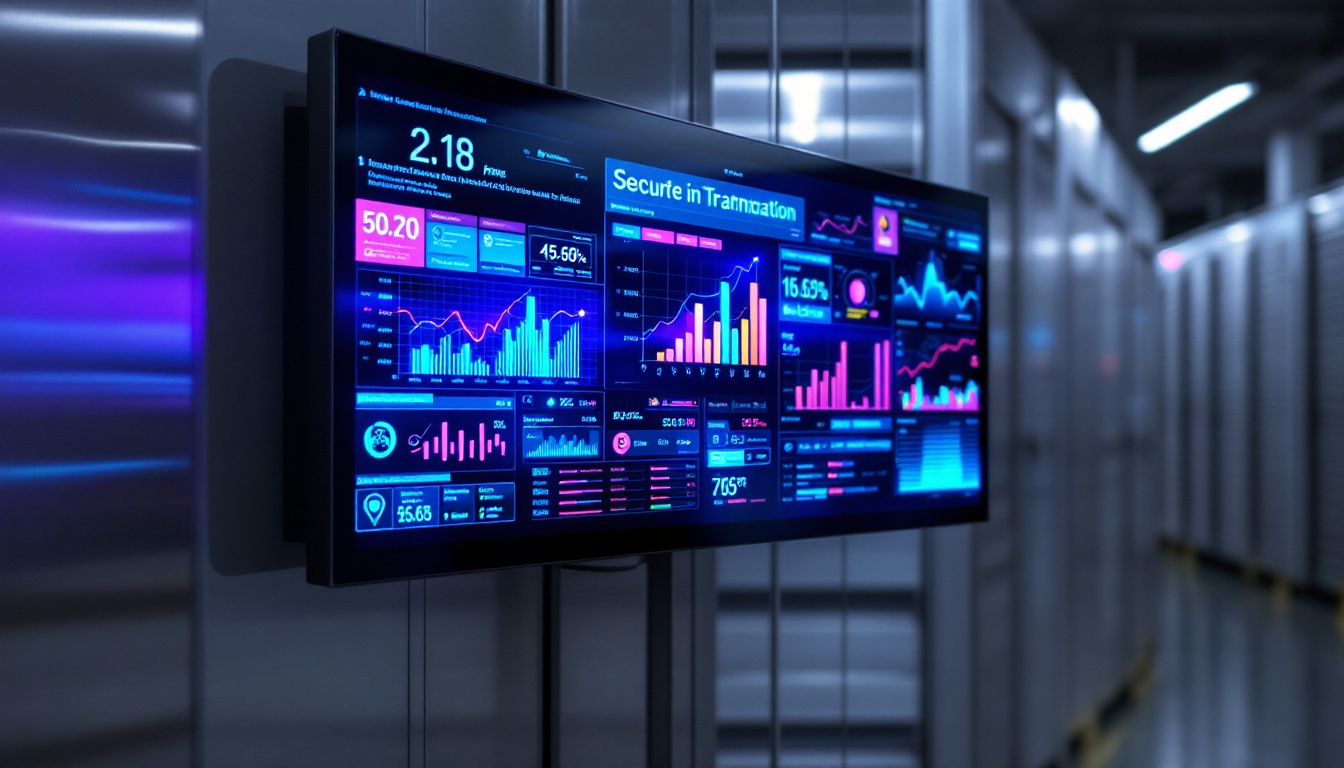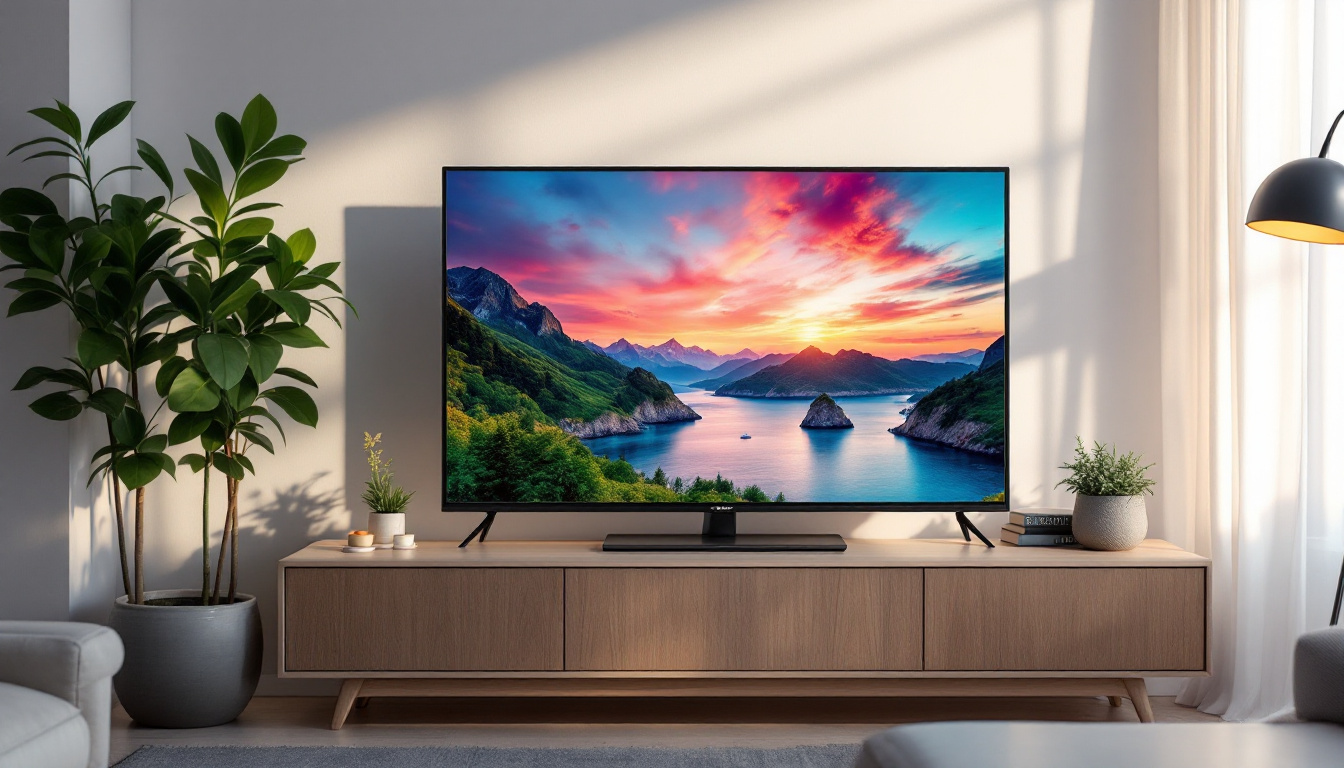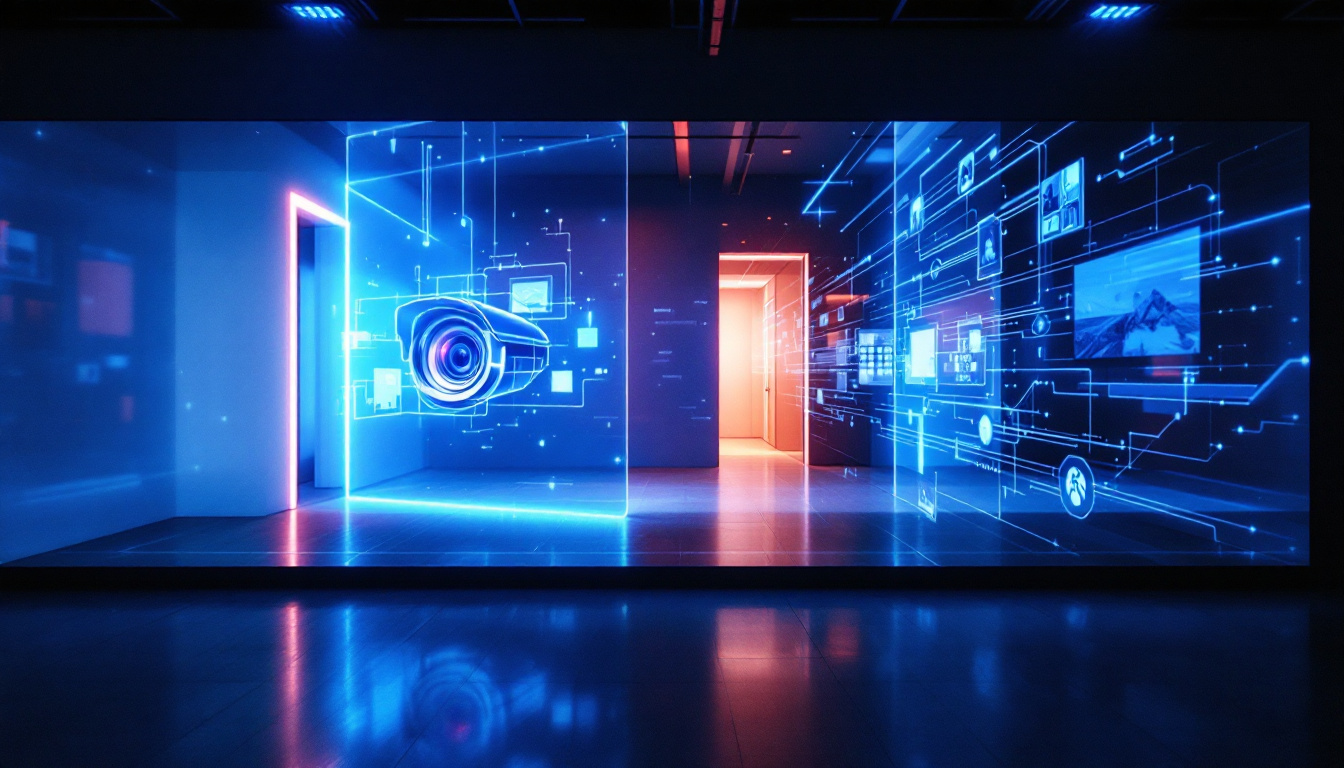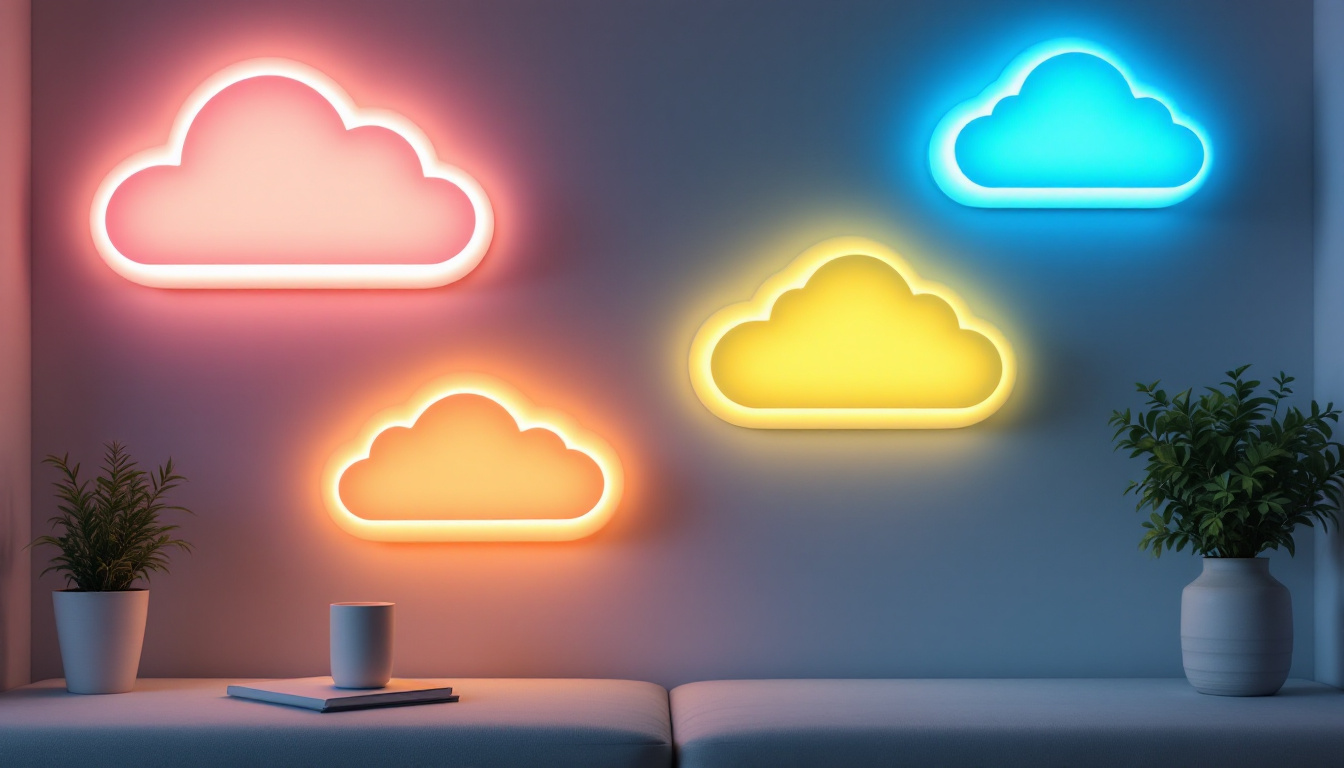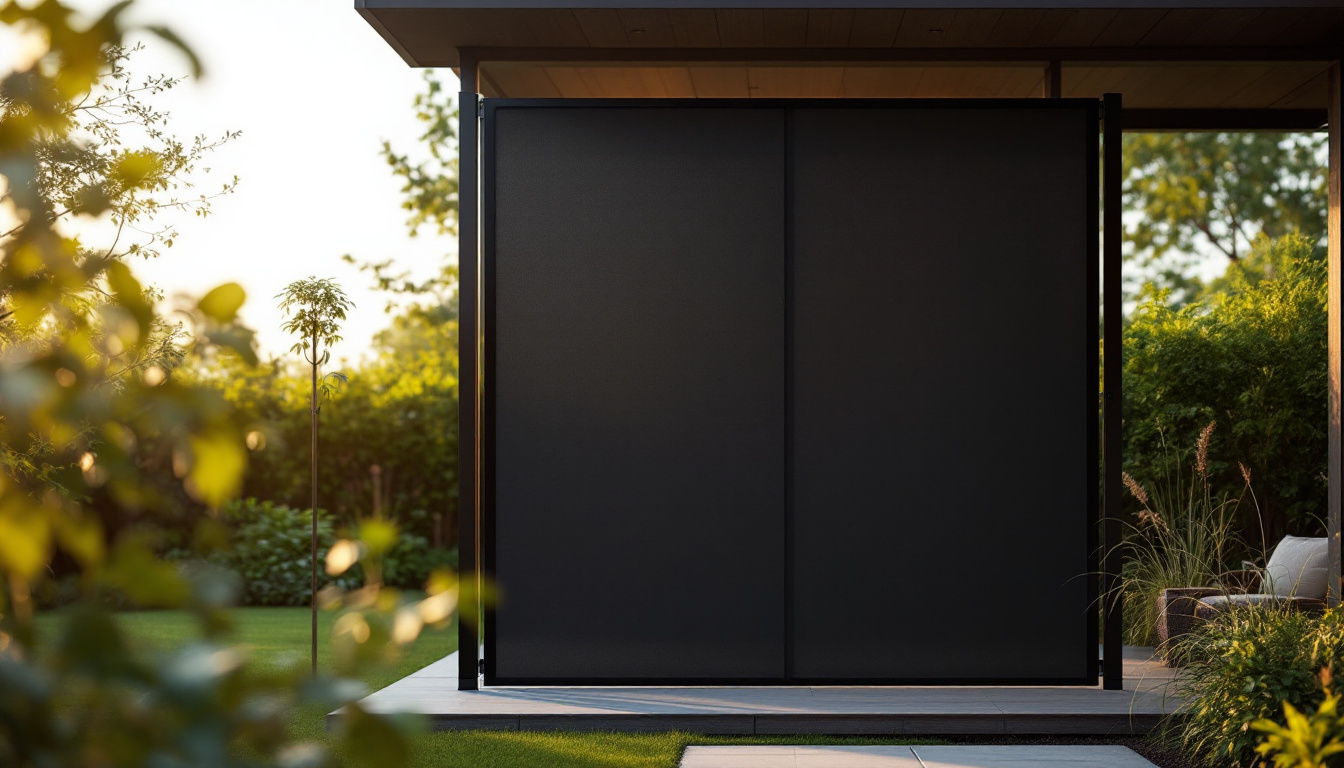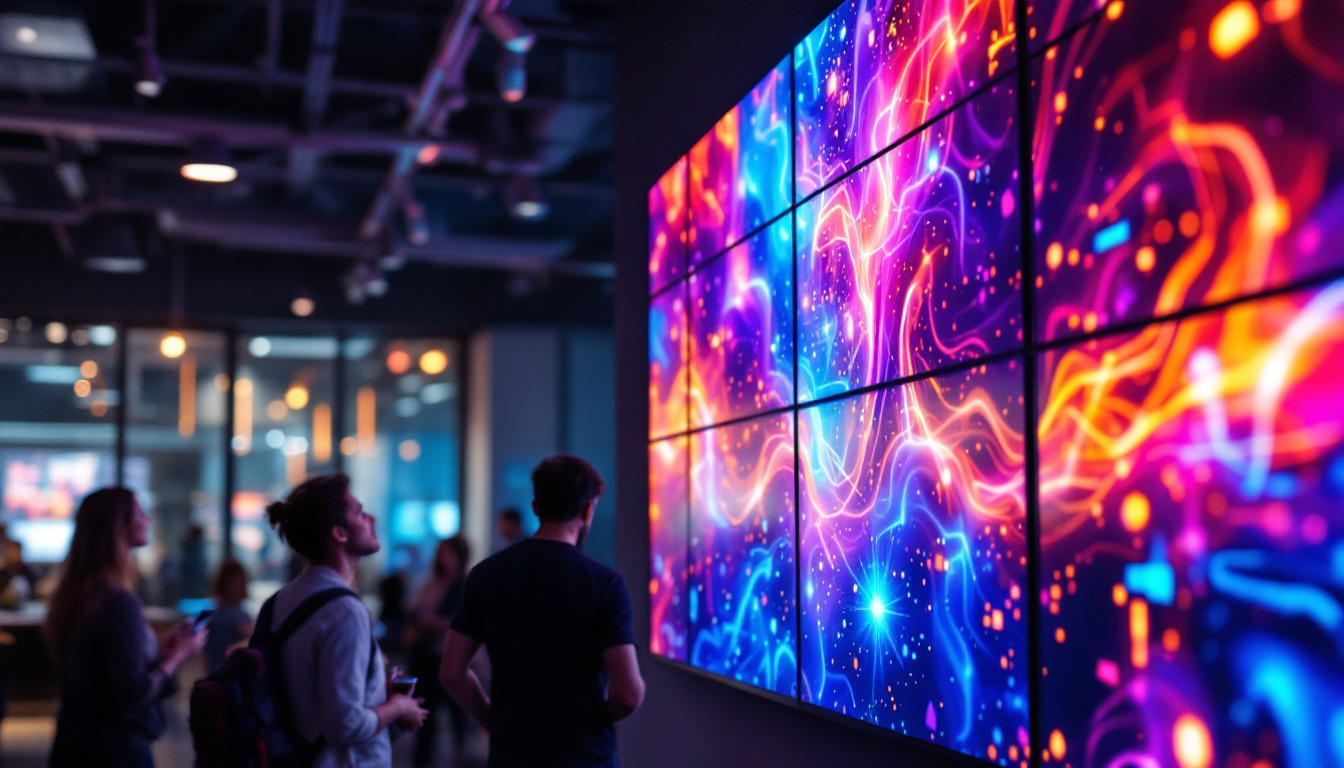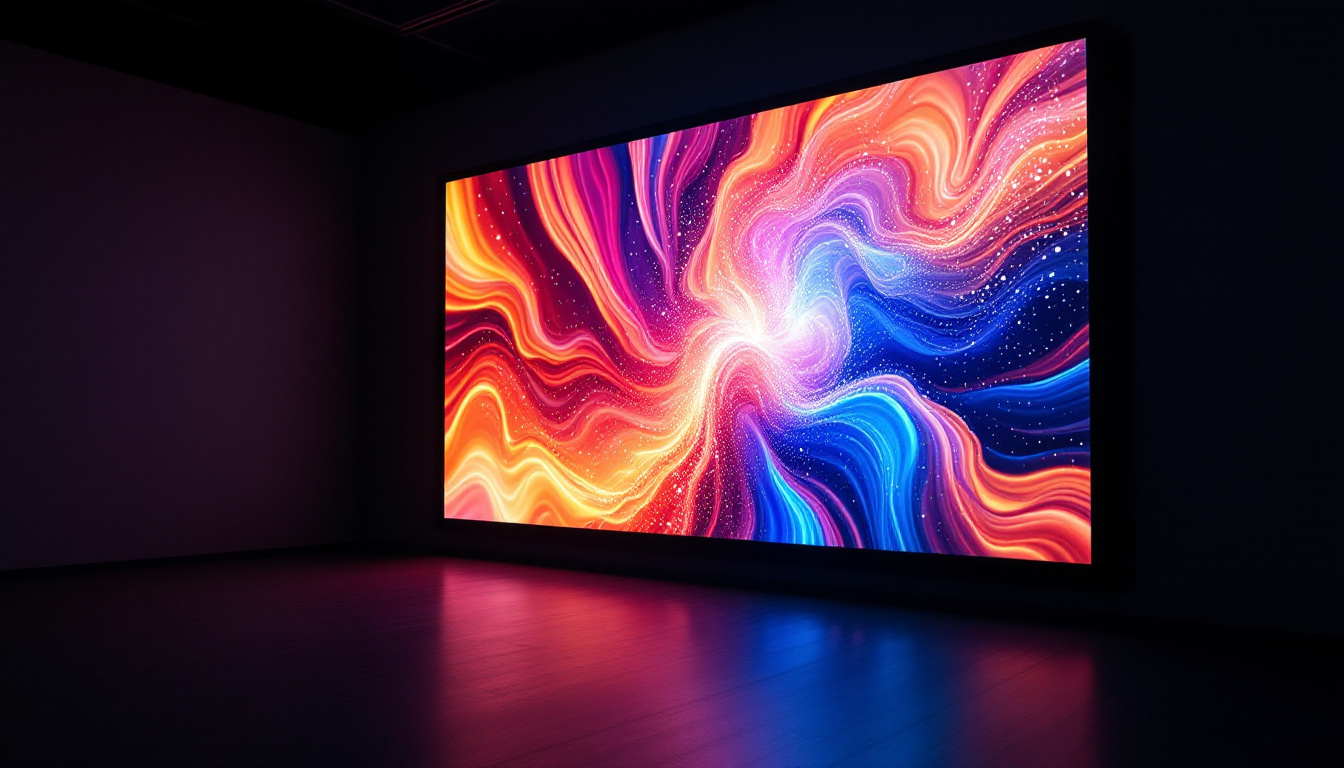In the modern world, the way we interact with technology has evolved dramatically. One of the most striking advancements is the use of LED displays, particularly when it comes to mounting computer monitors on walls. This article delves into the intricacies of LED technology, the benefits of wall-mounted monitors, and how to effectively set up your workspace.
Understanding LED Technology
Light Emitting Diode (LED) technology has transformed the landscape of display screens. Unlike traditional LCD screens that rely on backlighting, LED displays utilize a series of tiny diodes to produce light directly. This fundamental difference results in brighter images, deeper blacks, and more vibrant colors. The energy efficiency of LED technology also plays a significant role in its popularity, as it consumes less power compared to older display technologies, making it an environmentally friendly option.
How LED Displays Work
At the core of LED technology is the semiconductor material that emits light when an electric current passes through it. These diodes can be arranged in various configurations, such as edge-lit or backlit, to enhance the display’s performance. Edge-lit displays use LEDs along the edges of the screen, while backlit displays have a full array of LEDs behind the screen, providing more uniform brightness. This arrangement not only improves visual quality but also allows for thinner display designs, which are increasingly favored in modern electronics.
Moreover, the ability to control individual pixels in an LED display allows for superior contrast and color accuracy. This is especially beneficial for applications requiring precise visual representation, such as graphic design, video editing, and gaming. The advancements in LED technology have also led to the development of features like HDR (High Dynamic Range), which further enhances the viewing experience by providing a wider range of colors and brightness levels, making images appear more lifelike.
Types of LED Displays
There are several types of LED displays available, each catering to different needs and preferences. The most common types include:
- Standard LED: These displays are the most widely used and offer a good balance between price and performance.
- OLED: Organic Light Emitting Diodes provide exceptional color accuracy and contrast but tend to be more expensive. They are particularly popular in high-end televisions due to their ability to produce true blacks and vibrant colors.
- QLED: Quantum Dot LED displays enhance color and brightness, making them suitable for high-end applications. These displays utilize quantum dots to improve color reproduction and are often favored for their impressive brightness levels, making them ideal for well-lit environments.
Understanding these types can help users choose the right monitor for their specific needs, especially when considering wall-mounted options. Additionally, the size and resolution of the display can greatly influence the viewing experience. Larger displays with higher resolutions, such as 4K or even 8K, are becoming increasingly common, providing users with sharper images and more immersive experiences. This is particularly important for gamers and content creators who rely on high fidelity in their visual output. As technology continues to evolve, the integration of LED displays into everyday devices is likely to expand, further enhancing our interaction with digital content.
The Advantages of Wall-Mounted Monitors
Mounting a computer monitor on the wall has become increasingly popular for a variety of reasons. Not only does it save desk space, but it also enhances the overall aesthetics of a room. Here are some key advantages of wall-mounted monitors.
Space-Saving Design
One of the most significant benefits of wall-mounted monitors is the efficient use of space. By eliminating the need for a bulky desk stand, users can free up valuable workspace for other essentials. This is particularly advantageous in smaller offices or home workspaces where every inch counts.
Additionally, wall-mounted monitors can be positioned at eye level, reducing neck strain and promoting better posture. This ergonomic advantage can lead to increased productivity and comfort during long working hours. Moreover, with the ability to tilt and swivel, users can adjust the monitor’s angle to suit their specific needs, whether they are collaborating with colleagues or enjoying a video call. This flexibility not only enhances comfort but also encourages a more dynamic workspace where collaboration and creativity can flourish.
Enhanced Aesthetics
Wall-mounted monitors can contribute to a sleek and modern look in any environment. By choosing a monitor that complements the room’s design, users can create a more cohesive and visually appealing workspace. Whether in a corporate office or a home setting, a well-placed monitor can serve as a focal point.
Furthermore, many mounting options are available, including adjustable arms and fixed brackets, allowing for customization based on personal preferences and needs. This versatility extends to cable management solutions as well; many wall mounts come with integrated cable channels that keep cords hidden from view, maintaining a clean and organized appearance. This attention to detail not only enhances the visual appeal but also minimizes distractions, allowing users to focus on their tasks without the clutter of visible wires. As a result, wall-mounted monitors can transform an ordinary workspace into a sophisticated and stylish environment, reflecting the user’s personality and professional ethos.
Choosing the Right Monitor for Wall Mounting
Selecting the appropriate monitor for wall mounting involves several considerations. Factors such as size, resolution, and compatibility with mounting hardware play crucial roles in ensuring a successful setup.
Size and Resolution
When choosing a monitor, size is one of the first factors to consider. Monitors typically range from 24 inches to over 50 inches, depending on the intended use. For general office tasks, a 24 to 27-inch monitor may suffice, while larger displays are better suited for design work or gaming.
Resolution is equally important. A higher resolution provides sharper images and allows for more screen real estate, which can be beneficial for multitasking. Common resolutions include Full HD (1920×1080), Quad HD (2560×1440), and 4K (3840×2160).
Mounting Compatibility
Before purchasing a monitor, it is essential to check its compatibility with wall mounting systems. Most monitors adhere to the VESA (Video Electronics Standards Association) mounting standard, which specifies the distance between mounting holes on the back of the monitor. Ensuring that the chosen monitor is VESA-compatible will simplify the installation process.
Additionally, consider the weight of the monitor and the type of wall mount needed. Heavy monitors may require more robust mounting solutions to ensure safety and stability.
Installation Process
Once the right monitor is selected, the next step is installation. Proper installation is crucial for both functionality and safety. Here’s a step-by-step guide to help with the process.
Gathering Necessary Tools
Before starting the installation, gather all necessary tools and materials. Typically, you will need:
- Wall mount bracket
- Drill and drill bits
- Screwdriver
- Level
- Stud finder
Having everything on hand will streamline the installation process and minimize interruptions.
Finding the Right Location
Choosing the right location for the monitor is essential. The ideal height for wall-mounted monitors is generally at eye level when seated. Use a stud finder to locate wall studs, as these provide the necessary support for mounting brackets.
Once the location is determined, mark the spots for drilling. It is advisable to use a level to ensure the monitor will be straight once installed.
Mounting the Monitor
After preparing the wall, the mounting bracket can be attached. Follow the manufacturer’s instructions carefully, as different brackets may have specific requirements. Once the bracket is securely fastened to the wall, the monitor can be attached.
Ensure all screws are tightened adequately, and double-check the level before finalizing the installation. Once everything is secure, connect the necessary cables and power on the monitor to confirm it is functioning correctly.
Maintaining Your Wall-Mounted Monitor
After installation, maintaining the monitor is essential for longevity and optimal performance. Regular upkeep can prevent issues and ensure the display remains in top condition.
Cleaning and Care
Keeping the monitor clean is vital for maintaining image quality. Dust and fingerprints can accumulate on the screen, affecting visibility. Use a microfiber cloth and a suitable screen cleaner to gently wipe the surface. Avoid using harsh chemicals that could damage the screen.
Additionally, check the cables periodically to ensure they are not frayed or damaged. Proper cable management can also enhance the overall appearance of the setup, preventing clutter and tangling.
Regular Software Updates
For monitors with smart capabilities or built-in software, keeping the firmware updated is crucial. Regular updates can enhance performance, fix bugs, and improve compatibility with various devices.
Check the manufacturer’s website for any available updates and follow the provided instructions for installation. This simple step can significantly extend the life of the monitor and ensure a seamless user experience.
Conclusion
Mounting a computer monitor on the wall using LED technology offers numerous benefits, from space-saving advantages to aesthetic enhancements. Understanding the intricacies of LED displays, choosing the right monitor, and following proper installation and maintenance procedures can lead to a more productive and visually appealing workspace.
As technology continues to evolve, wall-mounted monitors will likely become even more prevalent, offering users a blend of functionality and style. Embracing these advancements can significantly enhance the way individuals interact with their digital environments.
In summary, whether for professional use or personal enjoyment, a wall-mounted LED monitor is a worthwhile investment that can transform any space into a modern, efficient work area.
Discover LumenMatrix’s Innovative LED Displays
Ready to elevate your space with the latest in LED display technology? LumenMatrix offers a comprehensive range of solutions tailored to meet your needs, from captivating Indoor and Outdoor LED Wall Displays to dynamic Vehicle and Sports LED Displays. Our mission is to transform your visual communication, ensuring your message resonates with clarity and impact. Don’t miss out on the opportunity to create a modern, efficient work area or engaging public space. Check out LumenMatrix LED Display Solutions today and see the difference innovation can make.

